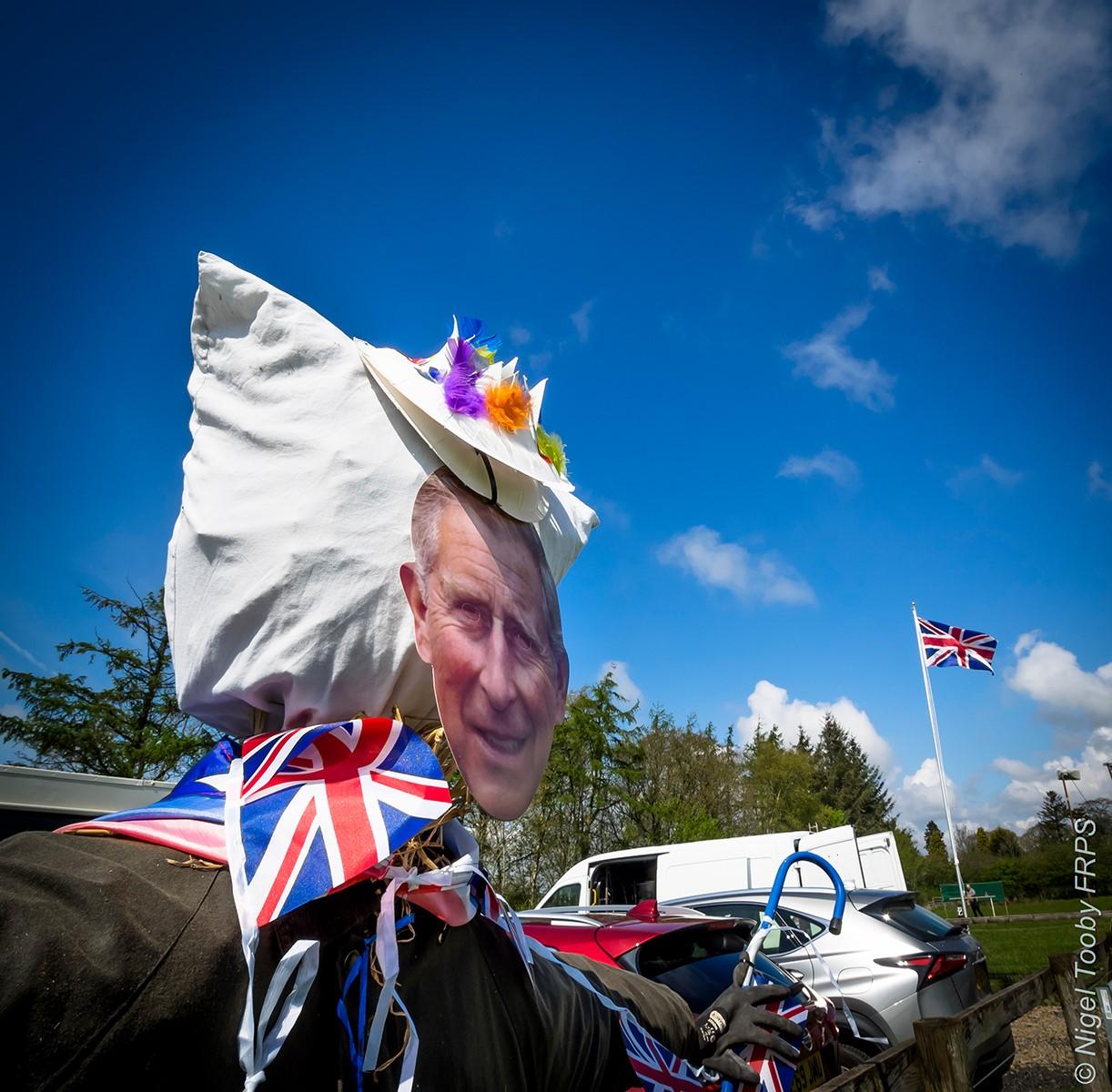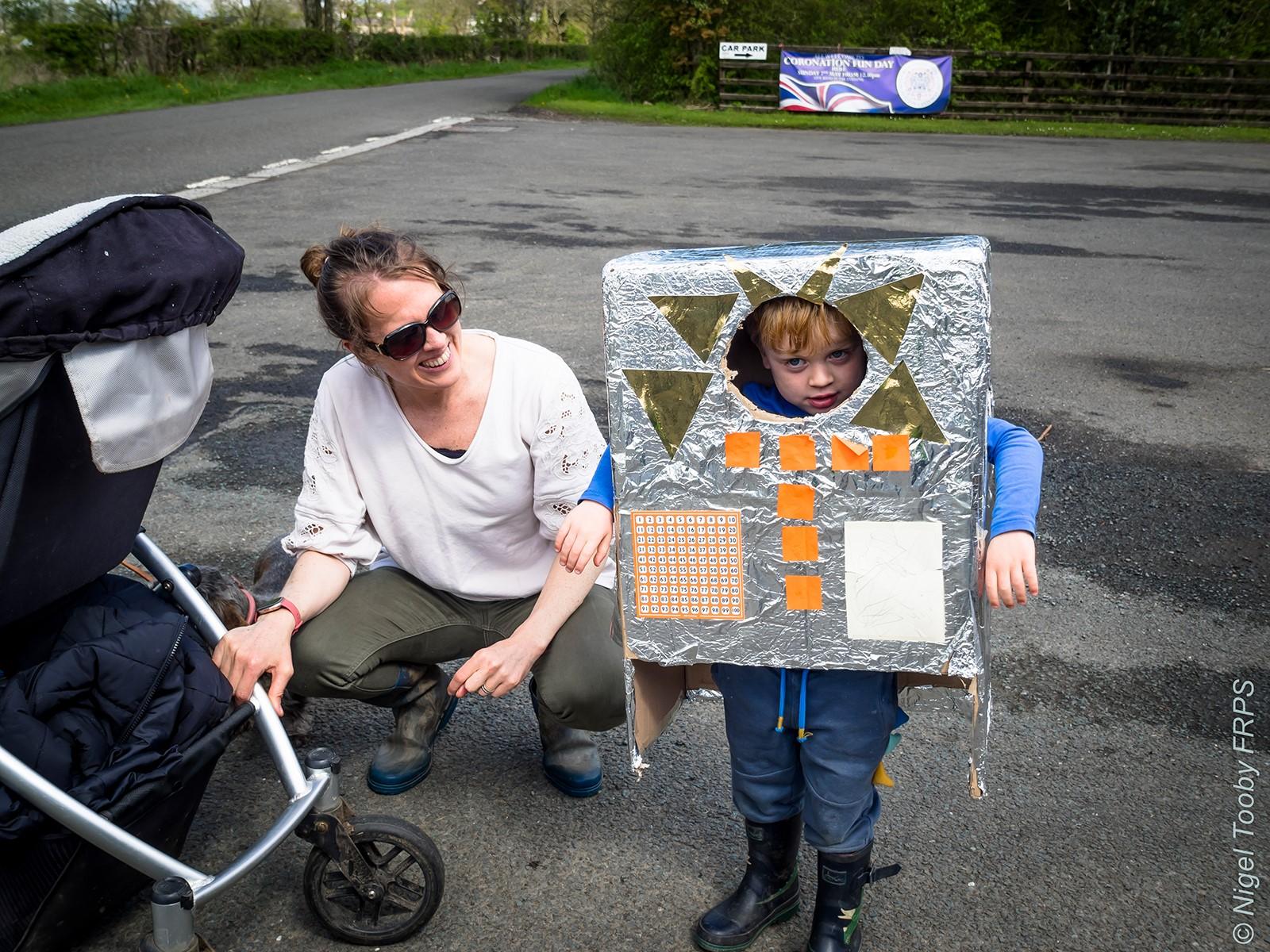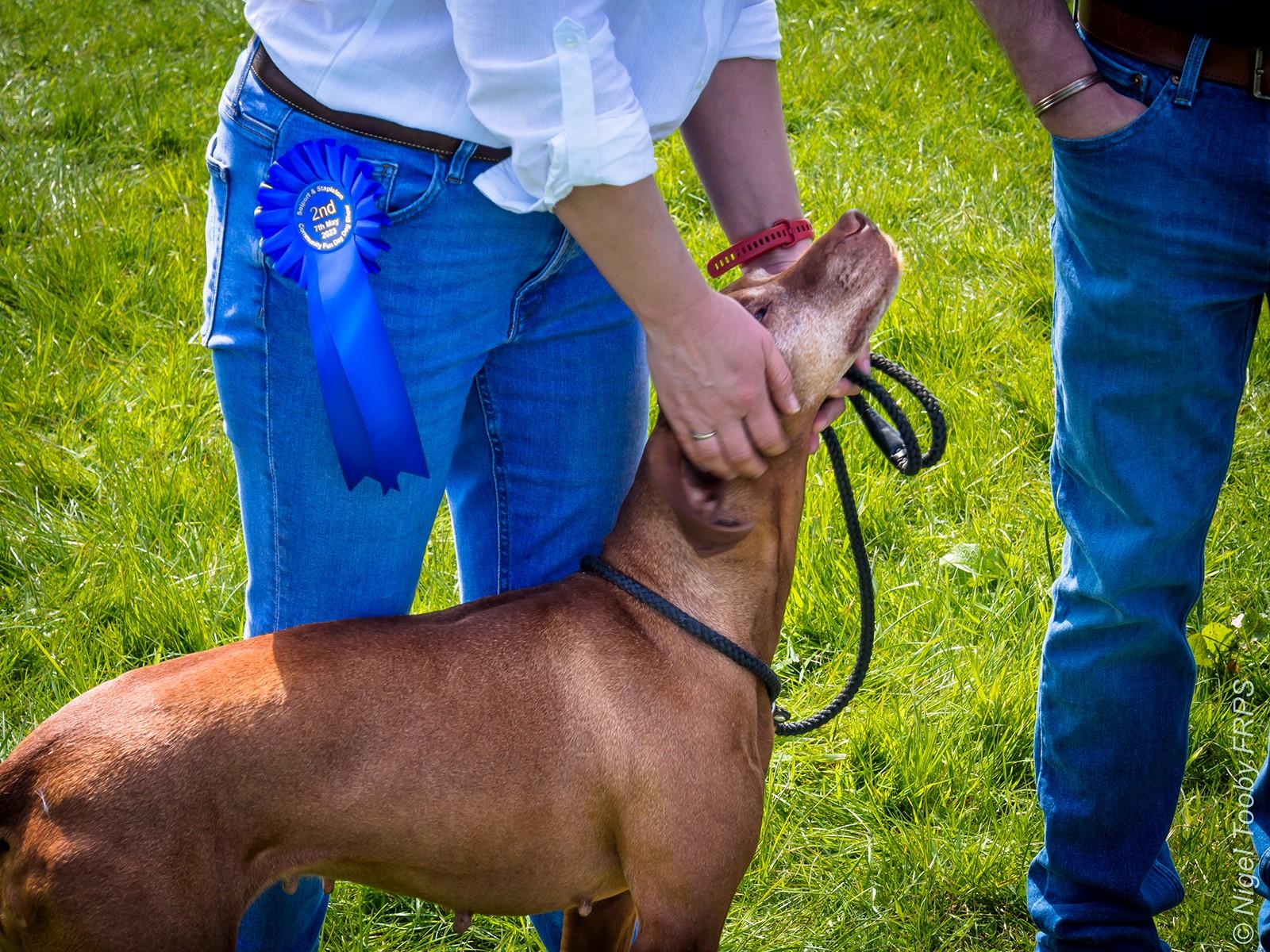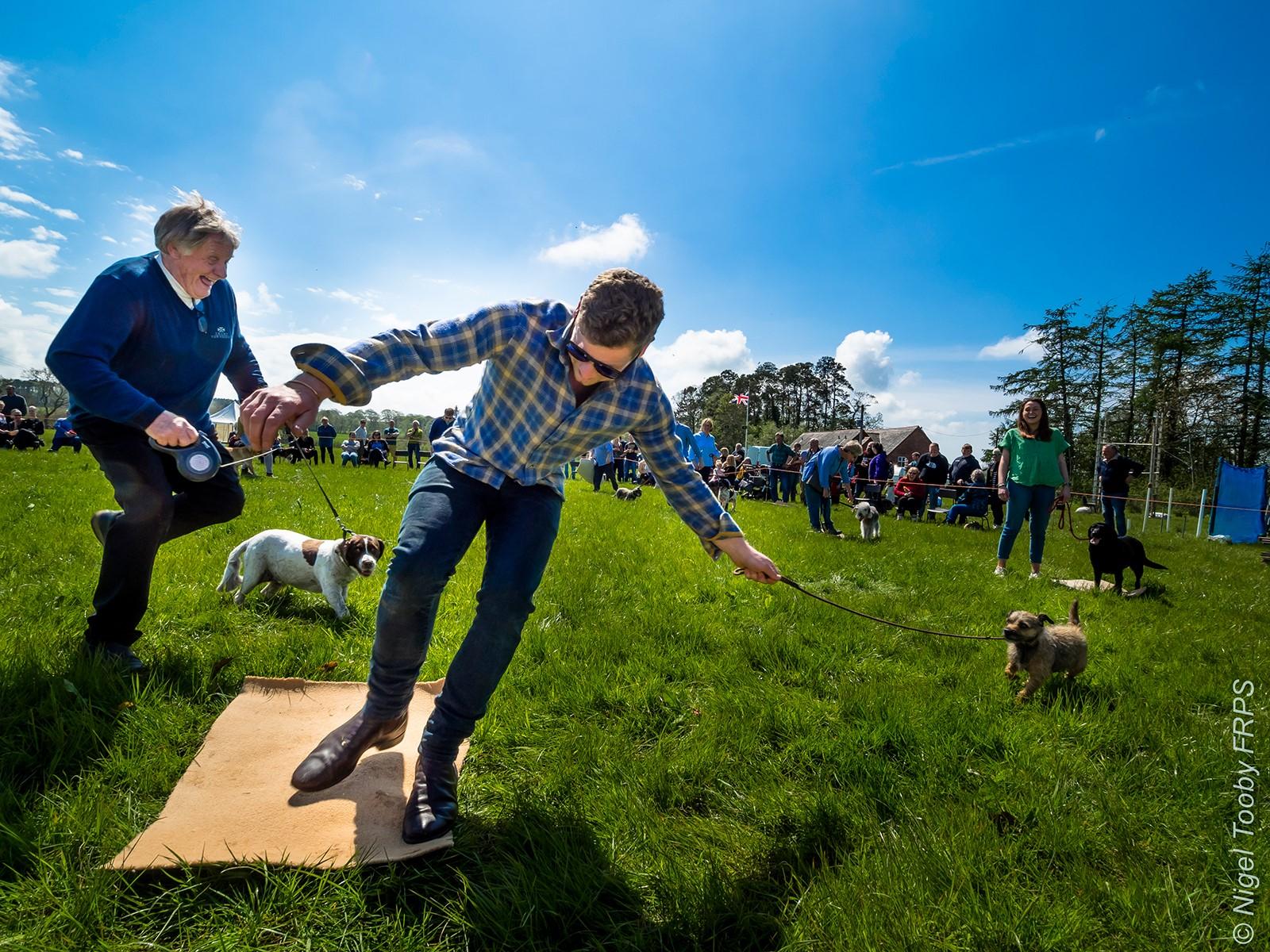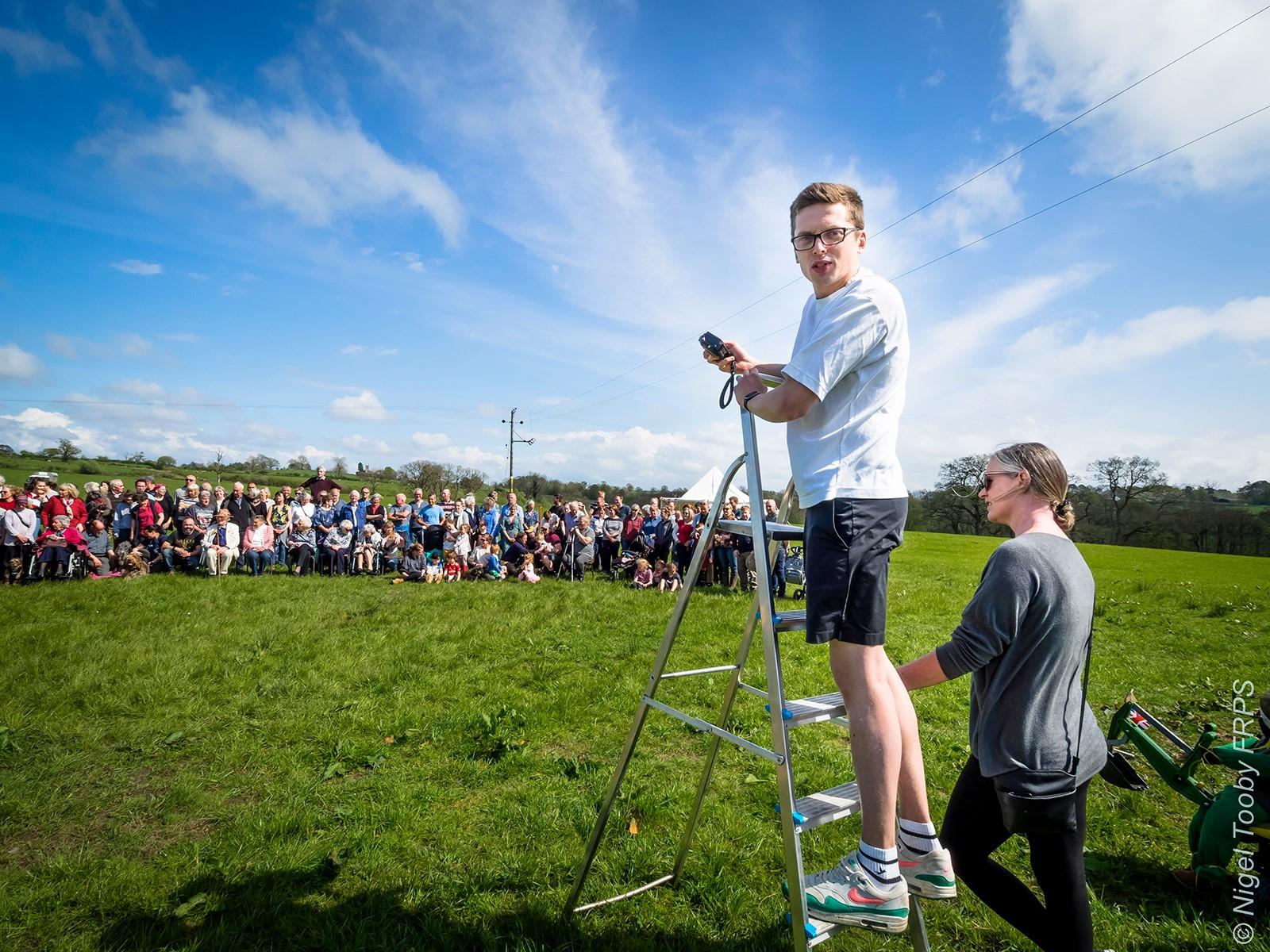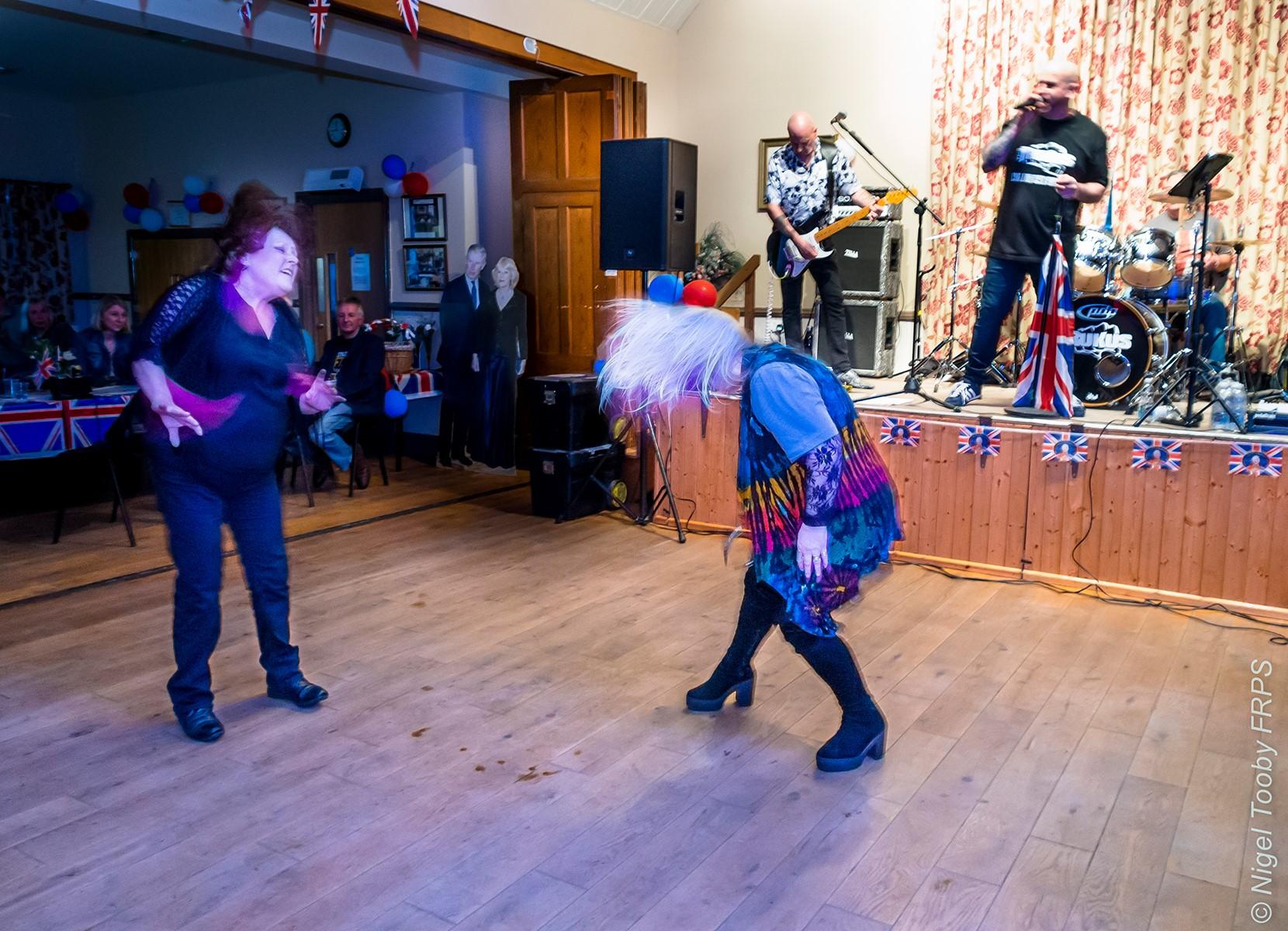
2 minute read
Nigel Tooby FRPS
I have been absent from photography for too many years following a move in 2019 by which I left my photographic homies several hundred miles behind and concentrated instead on settling in to a new home, new friends, new environment and retirement.
I now exist in deepest countryside where the nearest neighbour can be a mile away, but where the community bonds are strong, far beyond those found in most towns and cities.
This is livestock farming country in the main and there is a story to tell.
It bothers me to read a constant stream of media reports where campaign groups blame a supposed loss of habitat and climate change on farming practices in general and farmers in particular. That these groups, composed in the main of town and city bred folk, get such media oxygen for their agendas creates a highly unbalanced debate which needs to be addressed.
The lines of attack are too numerous to list here, but for example, anyone who claims that farmers are habitually cruel to their animals has not seen a farmer fighting back tears at the loss of a cow or calf, or witnessed first hand the 24/7/365 care that is applied to the animals in their stock.
Nature is, and always will be, red in tooth and claw. It exists in a state of balance which needs to be maintained and country people know this all too well. Huge fields of arable crops grown to provide vegetable food for the masses distorts nature by breeding hoards of species which feed on that crop. Rebalancing nature requires intervention to reduce the numbers of those pests. In the cycle of life, man has a place in nature as a predator or, at the very least, one who can rebalance the effects of agriculture.
But the countryside faces further threats from the town in the guise of big business investors. A more recent trend is the bulk buying of productive land to ‘re-wild’ and/or to grid-plant fast growing conifer trees to absorb carbon from the atmosphere; to sell on as ‘carbon credits’. Broadleaf woodland is preferable but doesn’t grow fast enough. Conifer woodland kills the forest floor through lack of light. Hardly anything lives there. Acres of land made productive by centuries of toil ruined almost overnight in the name of Net Zero.
And so, perversely, the big city-based concerns set on rewilding and woodland planting in the name of net-zero get cheered on their way to rural damage by the same campaign groups who blame and attack the generational farming community for mismanagement of the countryside.
In the UK the urban-rural disconnect is wider than it has ever been.
So I have a story to tell about the deeply rural community where I live; how it works and plays, how it functions and how it copes with the threats it faces. This will not be a quick process, but here are a few early images which might, or might not, make the cut….

